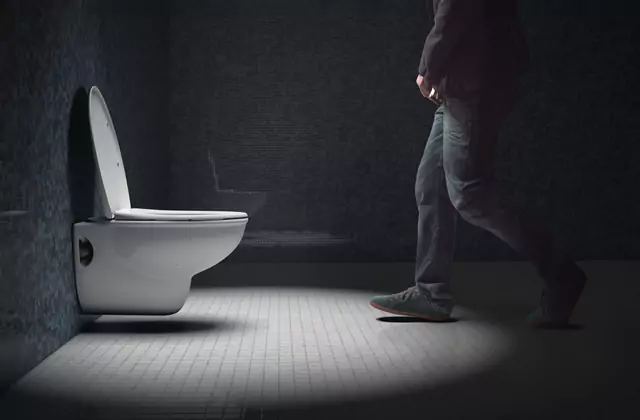
PATIENTS
Benign Prostatic Hyperplasia (BPH)


Benign prostatic hyperplasia (BPH) is a condition that involves the enlargement of your prostate gland. The prostate, which is located just below your bladder, surrounds part of your urethra—a tube that carries urine and sperm out of your body. As your prostate grows, it can put pressure on your urethra, making it harder for urine to pass through.
BPH is quite common, especially as men age. By the time you reach 60 years old, about 50% of people assigned male at birth (AMAB) will have some signs of BPH. This number increases to about 90% by age 85. Among those with BPH, around half will develop symptoms that may require treatment.

If your prostate is enlarged, you may experience several symptoms, including:
- Slowness or dribbling when you urinate
- Difficulty starting to urinate
- Incontinence (leaking urine)
- A sudden, strong need to urinate
- Frequently waking up at night to urinate
- Inability to fully empty your bladder
- Pain during urination or after ejaculation
- Changes in the color of your urine
- Unusual smells in your urine
If you’re dealing with mild symptoms of Benign Prostatic Hyperplasia (BPH), your healthcare provider might recommend a watchful waiting approach with regular check-ups. However, if these symptoms start to impact your quality of life, there are effective treatment options available to help reduce prostate size and relieve discomfort.
Treatments such as REZŪM, GreenLight Laser, and Lumenis Pulse 120H have shown promise in managing BPH symptoms.
Don’t hesitate to contact your healthcare provider if you’re facing any issues. Early intervention can significantly enhance your ability to manage BPH and improve your overall quality of life.


